The limited-edition furniture in Achille Salvagni’s new London gallery shares design DNA with a project in Southampton.
By Leila Jones
The Italian architect and designer Achille Salvagni, best known for his residential and yacht interiors and bespoke furniture, has moved his eponymous gallery in London’s Mayfair neighborhood to a big new space. With its great arched windows in bronze frames and round-cornered walls ‘wrapped’ in plaster, the venue’s design is every bit as bold as Salvagni’s exquisitely-detailed furniture and sumptuous homeware. At a time when we cannot predict what tomorrow — let alone the next six months — will bring, Salvagni is betting that eternal forms will carry the day.
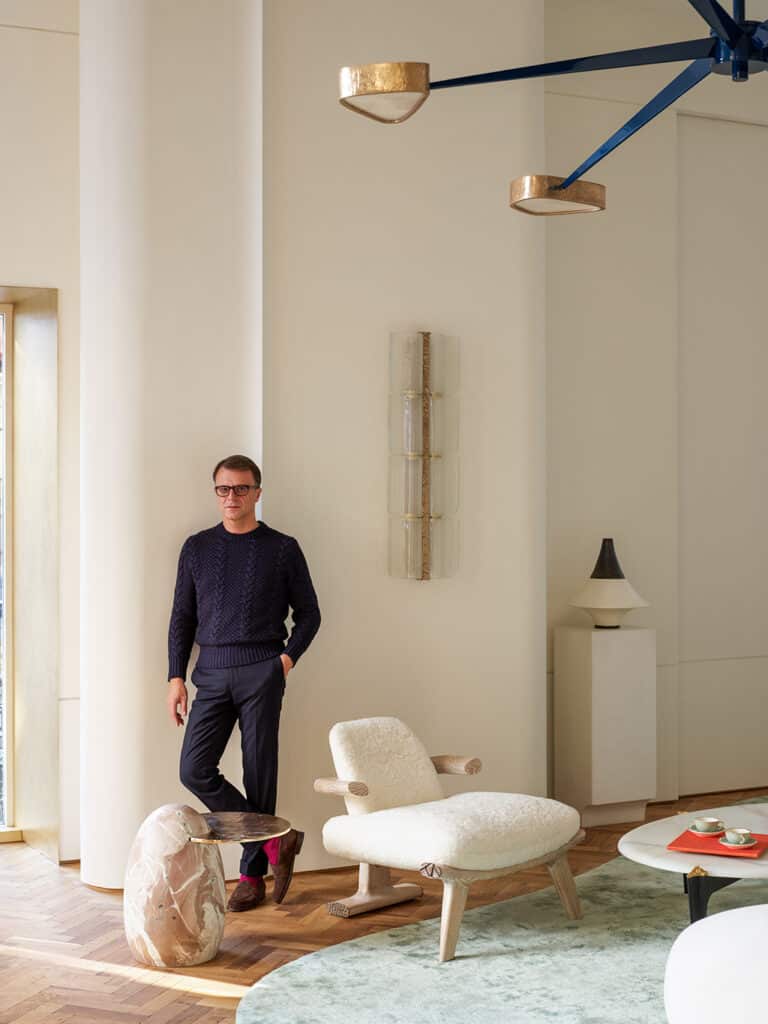
The appeal is obvious. Current conditions have left of us hungering after design that is soft and textured. We want things of beauty that denote permanence, objects in curvilinear shapes and deep saturated hues. For some collectors and design-followers, Salvagni’s work, with its Italian baroque and Scandinavian modernist underpinnings, satisfies the aesthetic exigencies of our strange new reality.
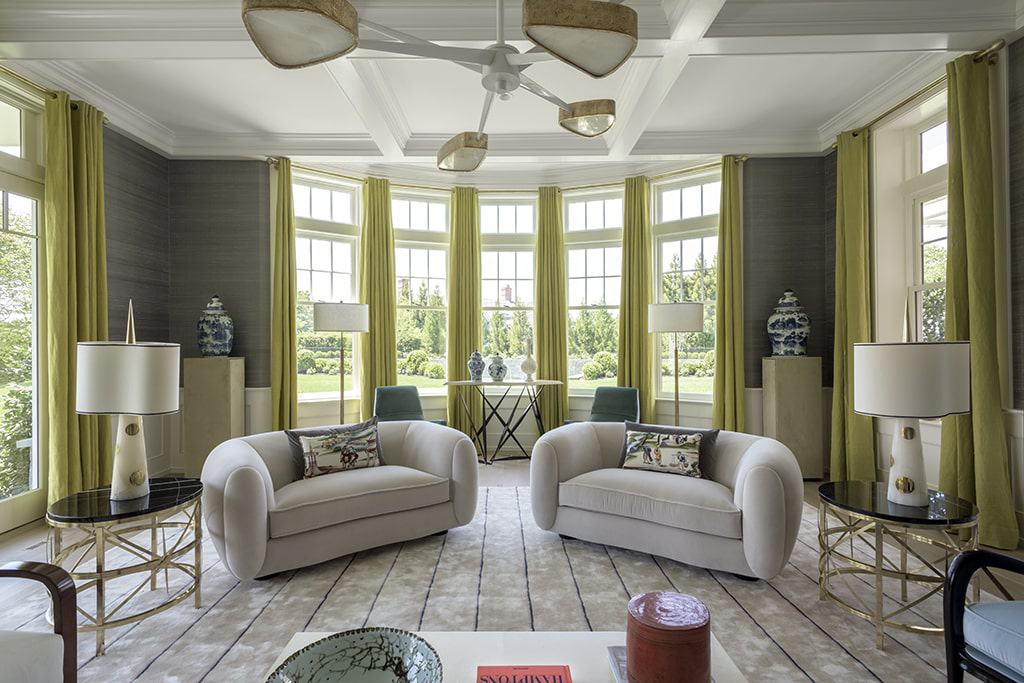
“I am very much drawn to forms that evoke the sensuousness of a human body, a woman, a belly, to shapes that are organic rather than constructed,” says Salvagni, speaking from London. “Curves, rounded forms, the poetics of softness exemplified by the work of Alvar Alto and other Scandinavian architects and designers, is a means of engaging the natural world in a dialogue.”
But it’s the oneiric, richly allusive quality of his work that makes Salvagni unique. Consider his sensuously-curved ‘Hera’ cabinet. Covered in pomegranate-red parchment, the piece was inspired by the goddess of ancient myth with whom the fruit, a symbol of prosperity, is associated. Yet the pomegranate invariably brings to mind another myth, the one about an eternity of seasons in the underworld. From this perspective, the piece seems an objective correlative of the general mood.
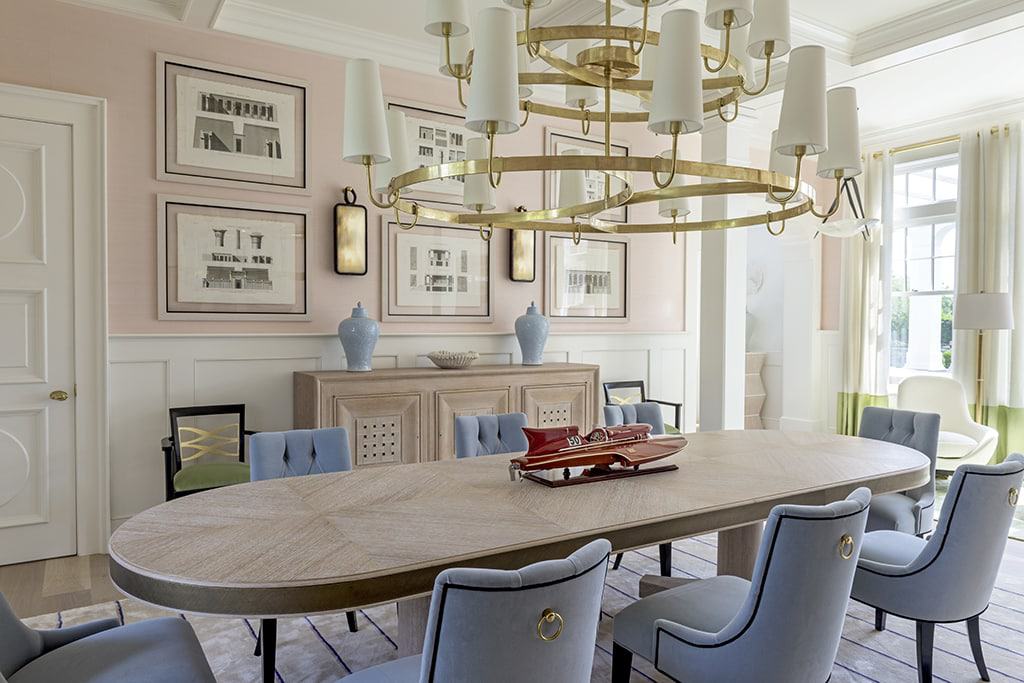
The pandemic has been a gut punch to Italy, which has been harder hit by the pandemic than anywhere in Europe, and its government has made appeals to its neighbors to support both the country and the upholders of its cultural patrimony. Salvagni, who does astonishing things with sumptuous materials like twenty-four carat gold leaf, bronze, royal oak, and onyx, entrusts the execution of his designs to a select group of stone carvers, cabinetmakers, Murano glass-blowers, embroiderers (whose faces he has never seen for they are cloistered nuns), and a bronze caster who is held in high regard at the Vatican.
Given Salvagni’s distinctly European sensibility, you might be surprised to learn that in 2016 he designed the interiors of a quintessentially American compound on two acres in Southampton. The nine-bedroom, 14,000-square-foot mansion was built by Frances Fleetwood, whose ornate country houses are among the defining architectural structures of eastern Long Island.
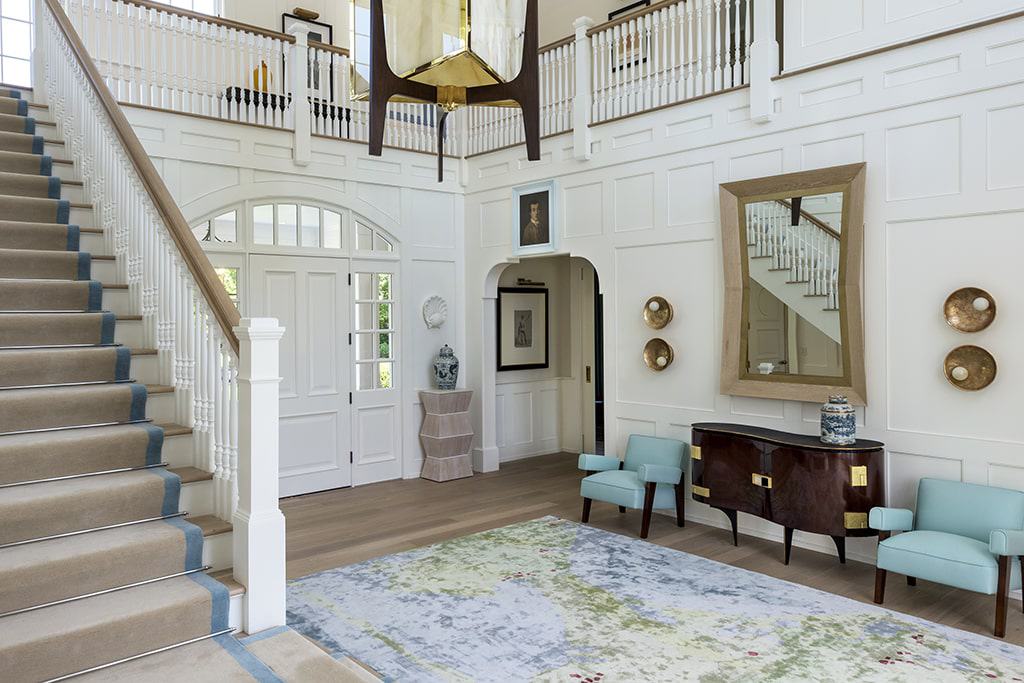
Salvagni decided that the home’s interiors would evoke the glamour of the Amalfi Coast in the ‘50s and ‘60s, viewed through the double prism of the Hamptons and the designer’s sui generis aesthetic. (The Amalfi theme issued from the homeowner’s personal history.) The challenge was to do so in a way that complemented the interior architecture, which combined Gilded Age references and contemporary flourishes. In a feat of imagination, Salvagni designed furniture and sourced signed vintage pieces that seem at home somehow in the existing structure. His man who is in tight at the Vatican made fifty different bronze casts of the doorhandles in the shape of local fishes, birds, and seashells.
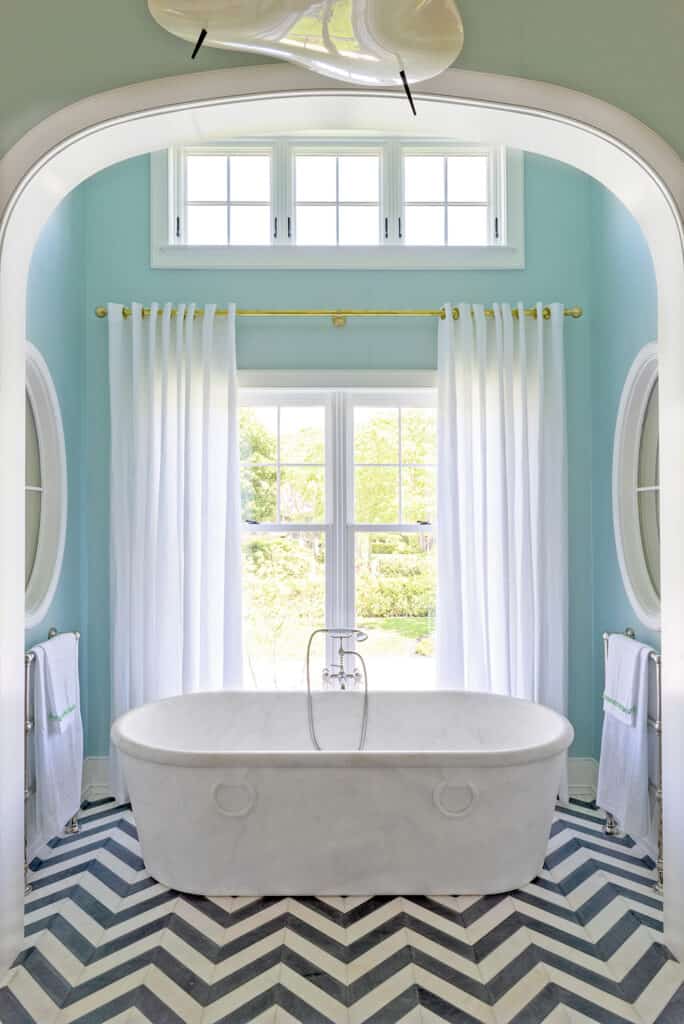
From the spidery bronze, onyx, and 24-carat-gold chandelier and the white rounded sofas in the living room to a sinuous cabinet in the entry hall, the pieces in the Southampton house share the same design DNA as the new works on view at the Mayfair gallery. If the second is the fullest expression of Salvagni’s talent, the first in hindsight was a thrilling preview of things to come.












!['The Maples' is a prestigious generational compound of two extraordinary estates: 18 Maple and 22 Maple. This rare offering, designed by luxury architect Lissoni partners New York and developed by visionaries Alessandro Zampedri-CFF Real Estate and JK Living, redefines opulence with the highest quality of craftsmanship and captivating views of the Atlantic Ocean. Represented by @nycsilversurfer and @challahbackgirl of @douglaselliman. [link in bio]](https://hamptonsrealestateshowcase.com/wp-content/uploads/sb-instagram-feed-images/438891010_1083749139481747_7890082604579275354_nfull.jpg)
![Featuring 360-degree water views on Mecox Bay, the Atlantic Ocean and Channel Pond, 1025 Flying Point offers the ultimate beach cottage that is flooded with natural light. With panoramic views, proximity to the ocean, and a private walkway to Mecox bay for kayaking or paddle boarding, this truly is a special retreat. Represented by @ritcheyhowe.realestate and @hollyhodderhamptons of @sothebysrealty. [link in bio]](https://hamptonsrealestateshowcase.com/wp-content/uploads/sb-instagram-feed-images/438994305_737511778456166_4602476013493875279_nfull.jpg)
![Attention advertisers! 📣 Secure your spot in the highly anticipated Memorial Day edition #HRES. Reach thousands of potential clients and showcase your brand in one of the most sought-after publications in the Hamptons, NYC, Palm Beach, and beyond. Contact us now to reserve your ad space! [link in bio]](https://hamptonsrealestateshowcase.com/wp-content/uploads/sb-instagram-feed-images/438549843_275102939023235_6718257301437562124_nfull.jpg)
![You eat with your eyes, and on the East End, it’s important that what you eat looks just as good as how it tastes. At @rosies.amagansett, the restaurant itself is plenty photo-worthy with blue ceramic tiling and yellow and white striped fabric wallpaper. But for a dish that will light up your photos, head directly to the salmon tartare! [link in bio]](https://hamptonsrealestateshowcase.com/wp-content/uploads/sb-instagram-feed-images/437094269_7296727147115953_1594410326824303644_nfull.jpg)

![We were honored to be the media sponsor for @blackmountaincapital's open house event with @jameskpeyton and @jfrangeskos at 11 Dering Lane in East Hampton! Other sponsors included @landrover, Feline Vodka, @rustikcakestudio, @la_parmigiana, @lahaciendamexicangrill11968, @homesteadwindows, Stone Castle, @talobuilders, and @thecorcorangroup.
A big thank you Carrie Brudner of Black Mountain Capital for putting together this fabulous event! [link in bio]](https://hamptonsrealestateshowcase.com/wp-content/uploads/sb-instagram-feed-images/437081213_762912965932136_6847332836522786568_nfull.jpg)

![Blooms Galore at the Long Island Tulip Festival! 🌷✨ Mark your calendars for April 15th as the vibrant tulips at @waterdrinkerlongisland burst into full bloom! Enjoy a day filled with colorful splendor, food trucks, live music, and more. [link in bio]](https://hamptonsrealestateshowcase.com/wp-content/uploads/sb-instagram-feed-images/437083429_974242677583725_6855805712693638343_nfull.jpg)
